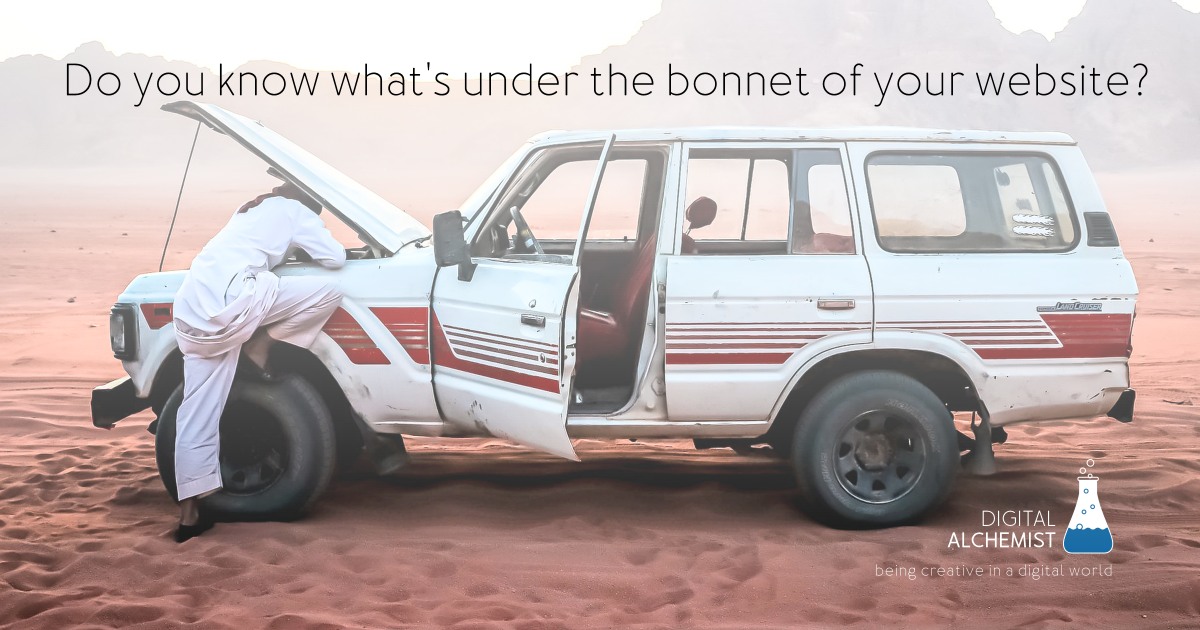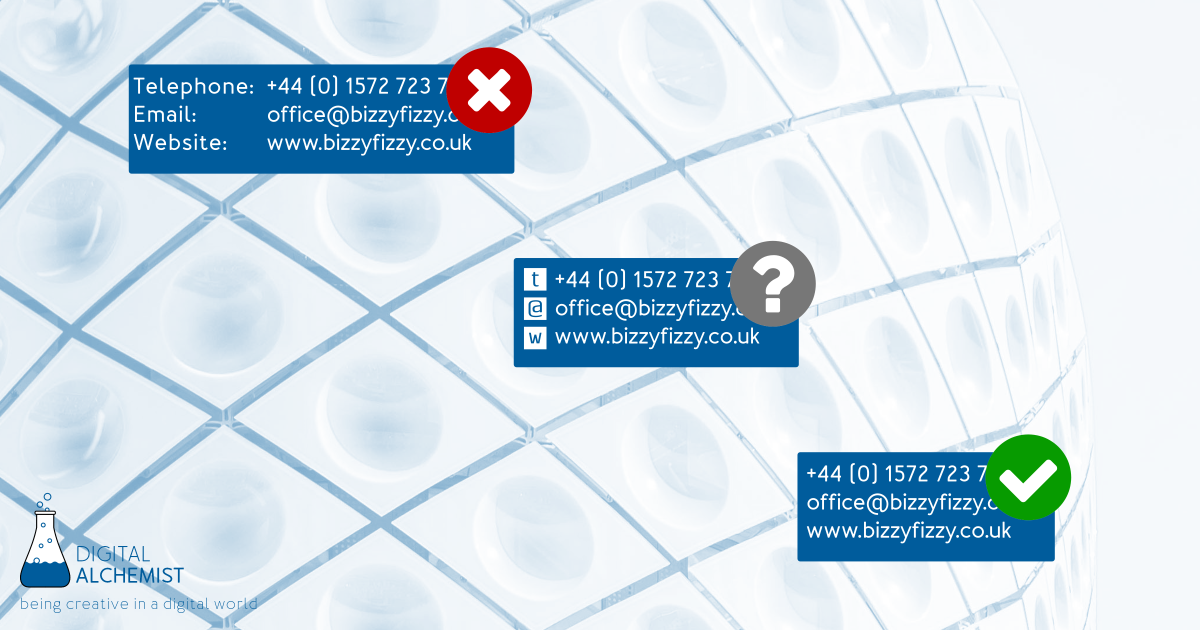
I call it the origami of SEO . . .
above or below the fold?
So you’ve mastered the 3 key search engine optimisation building blocks . . . you’ve got that quizzical look? . . .
Content – Content – Content!
Now, stop and think for a while, how does Google know you’ve got rich and engaging content? They can count words, calculate keyword density etc and every SEO expert will have a view on the magical algorithms rate all this stuff. But let’s move on, and consider how user interaction can reveal how visitors engage with your content.
Back to the origami and I’ll throw you the phrase ‘Above the fold’ – it harks back to the newspaper industry. Traditionally the broadsheets were displayed folded and thus it was only the top half of the page that was visible and is where you’d find the lead story. If we relate this to your website, there is a similarity in the term ‘fold’, however, it’s not such a defined line. It’s a common understanding in web design circles that it means the area of the page that is visible without scrolling.
So what is the problem?
Why-oh-why do we see websites that hide the majority of their rich and engaging content below the fold? Calm down Fizzy! You know, the websites that want to show off with a flashy splash screen, stunning photography, an eye catching graphic . . . anything to fill the screen and hide the intersting content below-the-fold. Some have gone to great lengths to ensure the stunning photogfraphy is not disturbed by text, some even forget to provide any links or buttons to guide visitor’s deeper into their site.
So what is the solution?
Once you’ve written your relevant, informative and engaging copy, then don’t hide it. When a visitor lands on your site for the first time, they are probably a little lost. Give them sign posts and pointers to guide them. Attention spans are short and you need to serve it to visitors on a plate, right under their nose. But I hear you cry ‘I’ve got too much information to fit above the fold!’ Well let them ‘smell the coffee’ and entice them to subsequent pages or content; remember the newspapers and a lead article that has a tempting ‘continue reading on page 5 . . .’ to make you turn the pages.
Clicking on links is a fundamental building block of the Internet and it’s the trails of activity that helps Google understand the interaction of human beings on your website. If you study your on-page behavior analysis (find it in your Google Analytics reports) you will find it reveals activity on your page links. You can quickly identify busy, quiet and inactive links. And I’ll let you think about what Google do with these statistics.



